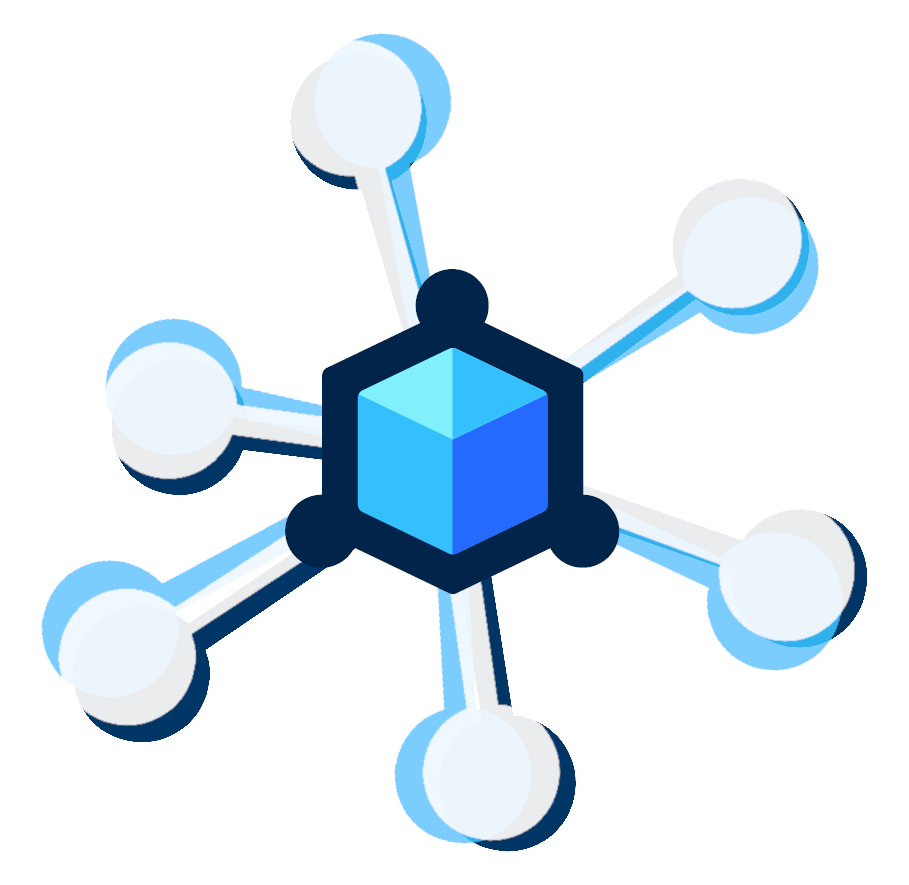G.V() Snatches Up £500,000 in First Cheque Investment from Techstart Ventures
Learn all about G.V()’s recent $658,000 pre-seed investment round from Techstart Ventures and what’s ahead for the product, company, and graph community.

Learn all about G.V()’s recent $658,000 pre-seed investment round from Techstart Ventures and what’s ahead for the product, company, and graph community.
![The Weekly Edge: Release of the Gremlins, Spotlight on Embeddable Graph Databases, & More [21 November 2025] The Weekly Edge: Release of the Gremlins, Spotlight on Embeddable Graph Databases, & More [21 November 2025]](https://gdotv.com/wp-content/uploads/2025/11/tinkerpop-release-graphlite-news-puppygraph-onelake-weekly-edge-20-november-2025.png)
Discover what’s new this week in graph technology, including a new (embeddable) graph database, a double TinkerPop release, big PuppyGraph news and more.
![The Weekly Edge: New Gremlin Contributor, 2 Graph Releases, Ontologies in Aura, & More [7 November 2025] The Weekly Edge: New Gremlin Contributor, 2 Graph Releases, Ontologies in Aura, & More [7 November 2025]](https://gdotv.com/wp-content/uploads/2025/11/youtrackdb-ladybug-arcadedb-neo4j-aura-weekly-edge-7-november-2025.png)
Discover what’s new in the world of graph technology this week, including a new Gremlin graph database, 2 other major releases, and cybersecurity primer.

Discover what’s possible with Nodestream: a declarative framework for building, maintaining, and analyzing graph data, compatible with Neo4j & Amazon Neptune.
![The Weekly Edge: Graphs in Microsoft Fabric, Data Day Texas, EdTech & More [19 September 2025] The Weekly Edge: Graphs in Microsoft Fabric, Data Day Texas, EdTech & More [19 September 2025]](https://gdotv.com/wp-content/uploads/2025/09/microsoft-fabric-data-day-texas-edtech-weekly-edge-19-september-2025.png)
Discover what’s new in the world of graph technology this week, including a Graphs in Fabric announcement from Microsoft, a rundown of Data Day Texas, and more.
![The Weekly Edge: Public Endpoints in Neptune, Agentic GraphRAG, New Graph Algo [5 September 2025] The Weekly Edge: Public Endpoints in Neptune, Agentic GraphRAG, New Graph Algo [5 September 2025]](https://gdotv.com/wp-content/uploads/2025/09/amazon-neptune-public-endpoints-neo4j-mcp-weekly-edge-5-September-2025.jpg)
Discover what’s new in the world of graph technology this week, including Amazon Neptune news, an Apache TinkerPop release, and a Dijkstra’s algorithm ouster.
![The Weekly Edge: Neptune on R8g, Graph Learning, & More [29 August 2025] The Weekly Edge: Neptune on R8g, Graph Learning, & More [29 August 2025]](https://gdotv.com/wp-content/uploads/2025/08/amazon-neptune-graph-learning-rdf-vs-lpg-weekly-edge-29-august-2025.jpg)
Discover what’s new in the world of graph technology this week, including a new podcast with Paco Nathan, a knowledge graph tutorial, and more.
![The Weekly Edge: Ben Lorica on GraphRAG, Semantic ER, Security Graphs & More [22 August 2025] The Weekly Edge: Ben Lorica on GraphRAG, Semantic ER, Security Graphs & More [22 August 2025]](https://gdotv.com/wp-content/uploads/2025/08/ben-lorica-graphrag-cybersecurity-knowledge-graphs-weekly-edge-22-august-2025.png)
Discover what’s new in the world of graph technology this week, including Ben Lorica’s thoughts on GraphRAG and Kuzu, cybersecurity graphs à la Wiz, and more.
![The Weekly Edge: MCP for the Semantic Web, 2 New Graph Databases, BattleGraphs, & More [1 August 2025] The Weekly Edge: MCP for the Semantic Web, 2 New Graph Databases, BattleGraphs, & More [1 August 2025]](https://gdotv.com/wp-content/uploads/2025/08/rdf-gremlin-semantic-web-puppygraph-aerospike-weekly-edge-1-august-2025.png)
Discover what’s new in the world of graph tech this week, including MCP for the semantic web, 2 new graph database releases (one RDF, one LPG), and more.
![Amazon Neptune 101: Creating & Connecting to Your First Cluster [Developer Walkthrough] Amazon Neptune 101: Creating & Connecting to Your First Cluster [Developer Walkthrough]](https://gdotv.com/wp-content/uploads/2025/06/amazon-neptune-graph-database-developer-guide.png)
Learn how to get started with Amazon Neptune graph database with this developer guide that walks you through setting up and connecting to your first cluster.